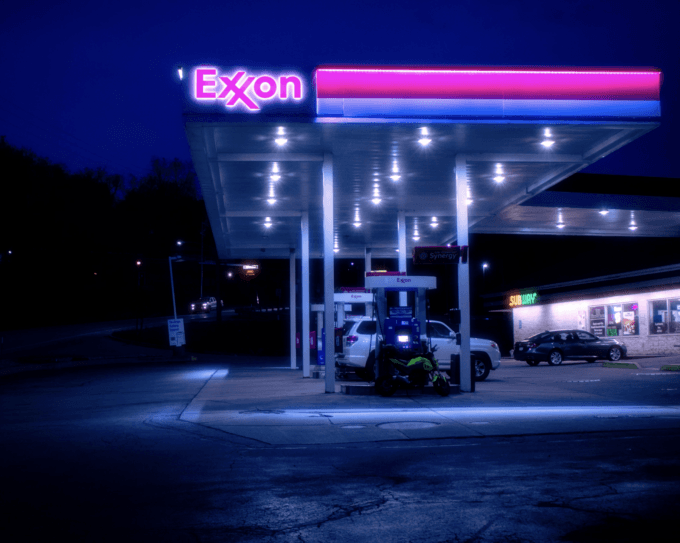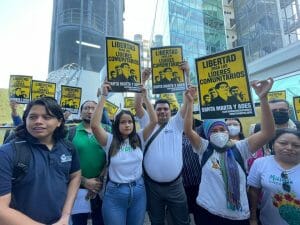NOVANEWS
GUESTS
TRANSCRIPT
JUAN GONZALEZ: We turn now to Puerto Rico, where the seventieth anniversary of the Ponce massacre has passed. On March 21, 1937, nineteen people were killed and more than 100 wounded when police opened fire on a demonstration calling for independence from the United States. The day is considered a defining event in Puerto Rico’s history of struggle against US domination.
AMY GOODMAN: Juan-Manuel Garcia-Passalacqua is a well-known Puerto Rican attorney, radio host and political analyst. He joins us now on the line from Puerto Rico. Welcome to Democracy Now!, Juan-Manuel.
JUAN-MANUEL GARCIA-PASSALACQUA: It’s a pleasure, Amy.
AMY GOODMAN: Can you talk about the significance of this date, of March 21, yesterday, in fact?
JUAN-MANUEL GARCIA-PASSALACQUA: It is no coincidence that on the date of the commemoration of the abolition of our slavery and of the Ponce massacre that intended to celebrate it, precisely today the American Congress takes up at a hearing in an hour what to do with the eight million Puerto Ricans. And I am sure Juan will know that in my column today in El Vocero here, I have requested that they hear him and that he should send all members of the committee a copy of his brilliant book Harvest of Empire that explains it all. So I am very glad to be with you today, and don’t forget to tune in at 10:00, because the Congress, for the first time in 107 years, is going to listen to the diaspora.
JUAN GONZALEZ: Well, Juan-Manuel, for many Americans who don’t know anything about the Ponce massacre, it would be good to sort of give the framework of what happened. And clearly, I think, Albizu Campos, the great Nationalist leader, had just been sentenced to prison on sedition charges for ten years in prison, and this protest was actually a protest to free Albizu, wasn’t it?
JUAN-MANUEL GARCIA-PASSALACQUA: Well, the whole demonstration was directed at the commemoration of the abolition of slavery, and one of the examples that slavery had continued after its abolition was precisely that Pedro Albizu Campos was imprisoned by the United States. The important thing about this celebration, commemoration — however you want to call it — is that the governor, Blanton Winship, was the one that ordered the massacre, the American governor who was a military governor with experience in the killing of Sandino in Nicaragua, and that that particular order has been transformed into a brilliant movie here by one of our best authors, called Revolucion en el Infierno, which I recommend to anybody that has a CD, because you can ask for it at the Ateneo, and it will show. The fascinating thing about that, Juan, is that its author took up the experience that his uncle told him, because his uncle was one of the wounded in the Ponce massacre. So we have now a visual testimony of what happened that day, that I recommend to all your listeners. It is really espelosnante.



